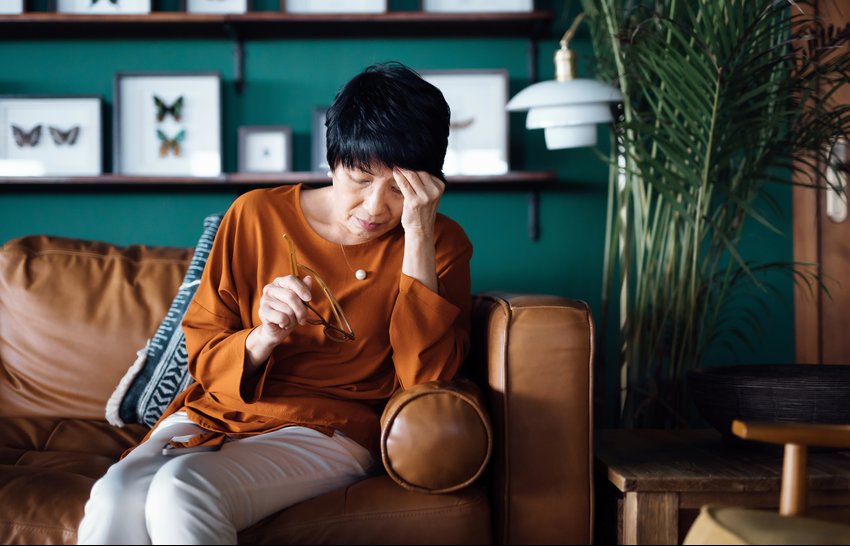We’re Stronger Together
With your help, we can make ambitious innovations in clinical care and education for our community.
Enter your email to start your free information request.

Patients who have long COVID-19 or chemotherapy-induced neuropathy (nerve damage) may experience troublesome symptoms because they have a lack of blood in their neurovascular system. The neurovascular system is comprised of the nerves that bring freshly oxygenated blood to the brain and spinal cord.
Dr. Mark Bussell, Director of the Neuropathic Therapy Center, developed the revolutionary Intraneural Facilitation® – or INF® – Treatment. If you’re experiencing nerve-related symptoms from long COVID or chemotherapy, we are here to help. Our team will develop a customized care plan that targets these complex problems and help you get back to living your life to the fullest.
Long COVID is a significant side effect of COVID-19 infection that has extended far past the pandemic. According to the Centers for Disease Control and Prevention (CDC), nearly 19% of adult Americans who have had COVID in the past have also experienced long COVID symptoms. Long COVID symptoms can include:
Depending on the type and dosage, chemotherapy can cause similar symptoms. Both long COVID and chemotherapy can cause symptoms that come on suddenly. Common chemotherapy effects include:
In certain people who have had COVID or have undergone chemotherapy, long-term swelling and inflammation occurs in the neurovascular system. The neurovascular system is a two-layered system. When inflammation occurs, the inner chamber cuts off vascular communication with the outer chamber.
This swelling can continue long after the COVID infection clears or chemotherapy treatment ends; this causes the long-term symptoms. These symptoms may not respond to medication or exercise due to inflammation and the neurovascular resistance that has developed after chemotherapy or due to long COVID.
People respond very differently to long COVID and to chemotherapy. Some people will develop long-term effects, while others do not. In the most extreme cases, people require hospitalization and sometimes even die.
To some extent, whether or not a person will have after-effects from chemotherapy depends on the type of chemotherapy and the dosage they received. If you experience generalized inflammation before having COVID or undergoing chemotherapy, you may be at an increased risk for developing these neurovascular symptoms.
Treatment for long COVID or chemotherapy-induced neuropathy focuses on restoring the overall health of your neurovascular system. Depending on your symptoms, your health history and other factors, a specialist may recommend one or a combination of the following treatments:
If you’re suffering from nerve pain, our Neuropathic Therapy Center may be able to help using a breakthrough physical therapy treatment called Intraneural Facilitation or INF.™ For more information and to schedule an evaluation, call 909-558-6799 or request information online.
With your help, we can make ambitious innovations in clinical care and education for our community.